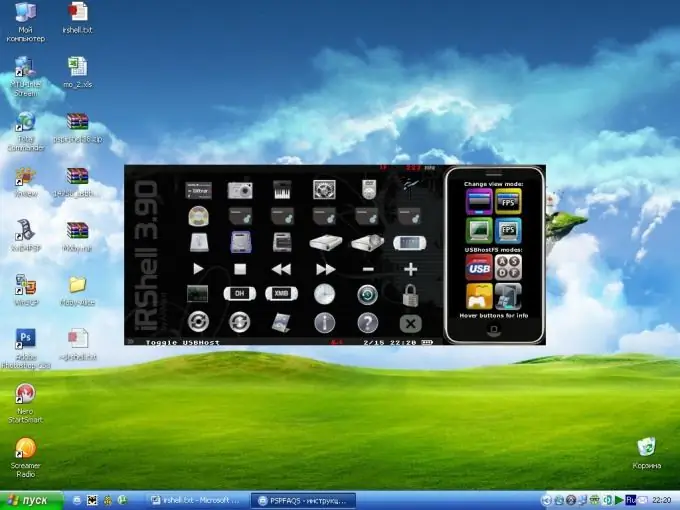Quite often there is a situation when after installing fresh and, according to the assurances of the developers, reliable and stable drivers, computer equipment begins to behave, to put it mildly, strange. The computer starts to slow down, the laptop may suddenly overheat, and the sound reproduction goes with wheezing and tearing. The only way out in this situation is to restore the drivers with which everything worked fine.

Instructions
Step 1
Always follow the guidelines for creating system restore checkpoints before installing new drivers on your system. In this case, it will not be difficult to restore the drivers if the new programs do not work correctly. In addition, many driver packs themselves offer to create a system restore point before replacing drivers with new ones. You should agree with their proposals. To force a system restore point to be created, go to the "Help and Support" section of the "Start" menu.
Step 2
Among other sections, select the "System Restore" task. In the next window, specify the "Create a restore point" task and click "Next". Enter the name of the new restore point and confirm the entered parameters with the "Create" button.
Step 3
In the future, in order to restore the drivers, you will need to roll back the changes made to the system. To do this, in the "System Restore" window, specify the "Restore an earlier state of the computer" task, select a restore checkpoint and follow the instructions of the system.
Step 4
If you know for sure which driver of your device is not working correctly, you can rollback the installation of one program without affecting the changes to the entire system. To do this, go to the "Device Manager". In the drop-down list, select the device to which you want to restore the drivers.
Step 5
Go to its properties on the "Driver" tab. At the bottom of the window, you will see five available commands. Select "Rollback" among them and click the corresponding button. The old working device driver will be restored.






